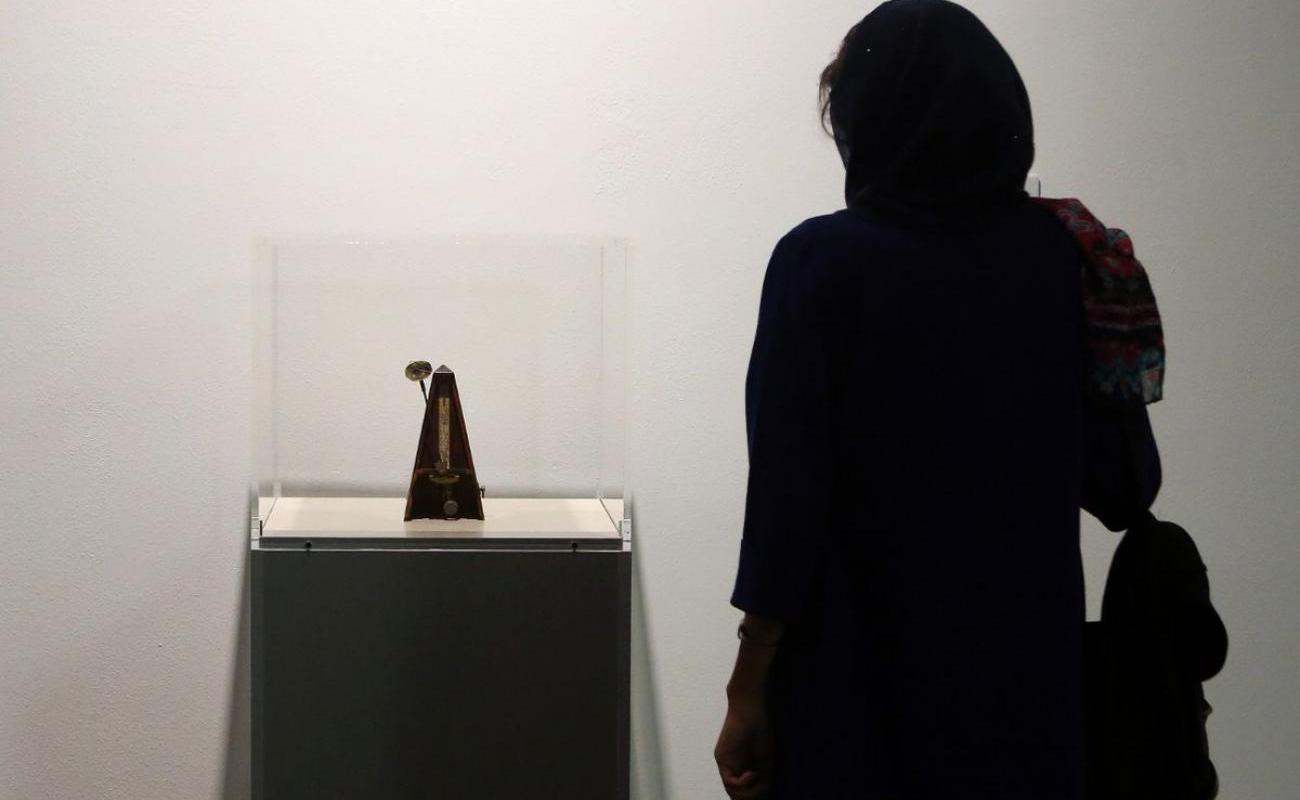Socialite who charmed NATO staff was Russian spy, say investigators

A Russian spy who infiltrated NATO for more than a decade by honeytrapping officials has been unmasked after journalists uncovered a “glaring hole” in the government’s issuing of false documents.
Maria Adela Kuhfeldt Rivera – real name Olga Kolobova – was exposed by Eliot Higgins and Christo Grozev who published their explosive findings in a report for Bellingcat on Friday.
Kolobova had created deep roots with Italian NATO officials after posing as “Maria”, a Latin American jewellery designer and socialite.
However, she was actually a secret spy for Russia’s GRU foreign intelligence service and her identity was invented in August 2005.
Despite remaining undercover for more than ten years, Kolobova was finally outed when a separate investigation from Bellingcat revealed the GRU had furnished their spies with consecutively numbered passports, allowing investigative journalists to uncover other spies by simply tracing batches of numbers.
Following the report’s publication in September 2018, Kolobova fled Naples and headed back to Moscow, writing a message on Maria’s Facebook page that suggested she was battling cancer.
Kolobova is the daughter of a Russian military official who began living as Maria as early as 2006.
She introduced herself as the daughter of a Peruvian mother and German father, born in Peru but was later abandoned as a child in Moscow and raised by adoptive parents, Eliot Higgins wrote on Twitter.
For years she travelled across Europe, moving to Malta and Rome in 2010 where she befriended Marcelle D’Argy Smith – former editor of Cosmopolitan magazine – and later heading to Paris where she registered a trademark for her jewellery company Serein.
Maria returned to Italy in 2012 where she married a Russian-Ecuadorean man – who she told friends was Italian – but their romance was short lived when tragedy struck in 2013.
At age 30, her husband died suddenly from “double pneumonia and systemic Lupus”.
In July 2012, Maria Adela married a man who she told friends was an Italian, but tragedy struck when he died in Moscow on 13 July 2013 aged 30, the cause of death recorded in the death certificate as “double pneumonia and systemic Lupusâ€. pic.twitter.com/5Cyr8TYkrR
— Eliot Higgins (@EliotHiggins) August 26, 2022
But Maria bounced back, moving to Naples where she opened a fancy jewellery boutique, rubbing shoulders with the city’s elite by joining charity organisations – including the Lions Club Napoli Monte Nuovo.
Reporter Eliot Higgins revealed this was all part of her plan to get close to NATO officials, as this branch of the Lions Club was established by known members of the military alliance of which Russia is not a member.
Soon Maria began attending many of the club’s social events where she “charmed” high-profile officials and embarked on relationships with several members.
She even attended the balls held by NATO and the US Marine Corps and managed to become the secretary of the Lions Club Napoli Monte Nuovo.
Maria Adela attended many social events, befriending a number of NATO officers, inviting them to her exclusive jewellery store and even starting relationships with a number of them. pic.twitter.com/SN29SJDxHx
— Eliot Higgins (@EliotHiggins) August 26, 2022
One unidentified NATO officer confirmed their “romantic relationship” in the report – while a US Navy employee said she had “a little crush” on them.
Despite her convincing life as Maria, things came crashing down in 2018 when investigative site Bellingcat uncovered the real identities of Russian nationals “Alexander Petrov” and “Ruslan Boshirov”, two suspects in the infamous 2018 Skripals’ poisoning case from the UK.
Former GRU officer Sergei Skripal and his daughter fell ill when Novichok, a nerve agent, was smeared on a door handle of his house.
Local British woman Dawn Sturgess was killed months later when she sprayed herself with Novichok from a discarded perfume bottle, the BBC reported in 2021.
But a passport blunder uncovered by the investigative site revealed Ruslan Boshirov was actually Anatoly Chepiga and Alexander Petrov was Alexander Mishkin, both known GRU officers.
“The investigation had blown the lid on a glaring hole in the GRU’s tradecraft,” Eliot Higgins explained on Twitter.
“For nearly a decade, the GRU had furnished their spies with consecutively numbered passports, allowing investigative journalists to uncover other spies by simply tracing such batches of numbers.”
The next day “Maria” – along with many other Russian subordinates travelling on such passports – booked a one-way ticket to Moscow.
And after a lengthy investigation, she has just been identified as Russian citizen Olga Kolobova.
“It took months to uncover the real identity of “Maria”, and as is often the case in these investigations the final piece of evidence was almost absurd; Olga’s WhatsApp profile used the same photo as Maria Adela’s Facebook profile,” Eliot Higgins said.
Perhaps one of the most surprising details to emerge from the investigation is the fact Kolobova had bought cheap knock-off jewellery on well-known budget retail supplier Ali Express that she passed off as Maria’s luxury designs.
Kolobova, now believed to be in her 40s, hasn’t left Russia since her mission in Naples finished in 2018, according to passport records.
But being able to make it back to Russia before her cover was blown means Kolobova escaped unscathed – but the fact she flew under the radar for so long will pose serious security questions to NATO and Western intelligence agencies.
Social media has blown up in response to the investigation, with many claiming she must have been an “impressive honeypot”.
